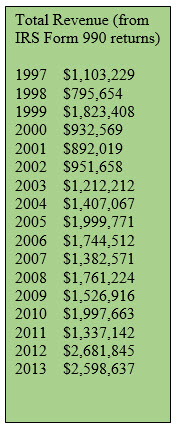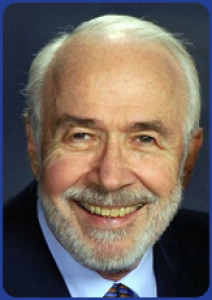CHICAGO, IL – Sept. 2, 2015 - Farm Aid, launched by musician Willie Nelson in 1985 to raise funds to help farmers squeezed when the farmland bubble burst, will mark its 30th anniversary Sept. 19 in downtown Chicago with a festival featuring Nelson, John Mellencamp, Neil Young, Dave Matthews and others.
The first Farm Aid concert in Champaign, Illinois, raised more than $9 million, much of it donated to church groups and non-governmental organizations that operated telephone hotlines and counseling services for farmers facing foreclosure and, in some cases, contemplating suicide.
It since has become an annual event, aimed less at farmers in the desperate straits common in the 1980s than at small-scale producers who more typically supply farmers markets and specialty outlets such as organic food cooperatives and grocery chains. Farm Aid says it has raised more than $48 million “to promote a strong and resilient family farm system of agriculture.”
Today it is “the longest-running musical charity in the United States,” says Washington lobbyist David L. Senter, Farm Aid’s “official historian and senior adviser.”
Senter recalls, “Bob Dylan called Willie Nelson from Live Aid,” the globally televised concerts that raised money for Ethiopian famine relief, to suggest something be done to help U.S. producers in danger of losing their farms. Nelson then asked Senter, Washington representative of the American Agriculture Movement at the time, to help organize the first concert.
He credits the early years of Farm Aid for helping apply pressure on Congress to enact emergency legislation that helped stabilize the agricultural lending system, launch young and beginning farmer programs, start the national organic certification program and create outreach programs and technical assistance for socially disadvantaged farmers.
This year’s festival will include “sessions that reflect on the beginnings of Farm Aid, how it started with emergency relief, legal services and crisis hotlines,” Senter says. Over the years, it has evolved into an advocacy arm for a specific niche of agriculture, one that provides the kind of “family farm-identified, local and organic foods” to be served at this year’s festival. “Farm Aid since has become very involved in the ‘buy local, know where your food comes from’ movement,” Senter adds. “That whole sector creates a lot of young, beginning farmers who have no chance to get a thousand acres of corn and beans but can grow meat, fruits and vegetables.”
The charity’s emphasis is clear from its report on last year’s grants of $585,700 to 83 entities in 36 states and the District of Columbia, ranging from $500 to individuals to $20,000 to national organizations. Many of its grants are for “taking action to change the system.”
Farm Aid’s website says that such grants are designed “to defend and bolster family farm-centered agriculture . . . to protest factory farms and inform farmers and eaters about issues like genetically modified food and growth hormones.” Other grants are for “growing the good food movement” and for “helping farmers thrive.”
farmers and eaters about issues like genetically modified food and growth hormones.” Other grants are for “growing the good food movement” and for “helping farmers thrive.”
Some examples: grants of $20,000 each went to the Farmers Legal Assistance Group, which was created in 1986 with a Farm Aid grant and which soon persuaded a judge to halt 80,000 farm loan foreclosures by USDA; the National Sustainable Agriculture Coalition, which lobbies for conservation and child nutrition programs; the National Family Farm Coalition, a leading opponent of agricultural biotechnology; and the Western Organization of Resource Councils, which supports mandatory country-of-origin meat labeling laws. Its affiliates in the Dakotas, the northern Rocky Mountain states and Oregon collectively got more than $50,000.
The Rural Advancement Foundation International, an advocate for contract poultry growers, received $17,500. The Missouri Rural Crisis Center received $10,000 and Iowa Citizens for Community Improvement $7,500; both are long-time critics of the pork checkoff. Other recipients include the Rodale Institute, an organic agriculture pioneer, $7,500; Nebraska’s Center for Rural Affairs, which resists corporate farming, $7,500; Rural Vermont, which spurred the state biotech food labeling law drive, $5,000; and the Farm and Ranch Freedom Alliance, which was organized to stop a national animal identification and tracing system, $5,000.
Farm Aid’s total revenue has fluctuated over the years but has picked up recently to exceed $2.5 million in 2012 and 2013, the two most recent years for which information is available.
#30
For more news go to: www.Agri-Pulse.com

